There’s just no way that I’m going to be able to review Baldur’s Gate III. It’s too large, and between work, needing to move home, and having one of those irritating 24-hour colds this week, I just haven’t had the time to dedicate to it.
However, I have grown much more partial to it than I was with my initial impressions way back when it first launched in early access. I still don’t necessarily think this is an outstanding Baldur’s Gate game, in that I don’t think Larian has quite captured the subtle X-factors that made BioWare’s original two games so incredible. However, it is an exceptional RPG in its own right, and the success it has seen hasn’t surprised me.
That success seems to have surprised others, however. Many of the comments that I’ve seen about Baldur’s Gate III’s success note that the success has come “despite” this being a turn-based, deep and complex narrative-driven game, designed to be just as entertaining (if not moreso) in single player as multiplayer. To some people that doesn’t seem to fit the bill as a “blockbuster” in the world of adrenaline-focused action like Call of Duty or Sony’s blockbusters, the open-world structure of GTA and Ubisoft’s games, or the multiplayer and eSports genre, where so much money gets dumped. To these people, Baldur’s Gate III stands out as an aberration and something that shouldn’t have happened.
I have a different perspective. Baldur’s Gate III’s success could be replicated. It’s just that none of the big AAA developers or publishers are willing to take the risk. Not when it’s easier to use marketing spend to shape the market than deliver creativity that sells itself.
Baldur’s Gate III has been in development for many years now. It went into early access in 2020. It was in development for years before that. Protracted game development cycles are not that unusual, but they are when combined with a non-traditional big budget genre, like the isometric turn-based RPG. Larian was betting a lot – likely the entire company – that this game would at least be a modest hit.
Rather than try to force this game to become something that fit with the “popular genres” in the blockbuster space, Larian instead decided that the quality that would sell Baldur’s Gate III to people was the creativity, rather than the product design. The team backed their writers, artists and musicians to deliver something that was both product AND art. Where Ubisoft will contract a writer (or get its in-house team of writers) to fill in Excel spreadsheet after Excel spreadsheet of story content so its Assassin’s Creed games can go on for 100 hours, Baldur’s Gate III was clearly and blatantly the result of a proper narrative development process. These things take time, and there are parts of Baldur’s Gate III where the creative team was clearly allowed to push boundaries and potentially draw criticism (something almost all other blockbuster developers hire consultants to avoid), with the tradeoff being that this is a genuinely memorable journey.
It’s easy to understand why something like this might surprise people, because we so rarely get it from this blockbuster space. We’ve been lucky this year that Final Fantasy XVI was a similarly brave and creative blockbuster project, but before that, you’d have to look back to Death Stranding to find an instance where the creative team was allowed to override the “better judgement” of the product managers. The sheer amount of money involved in blockbuster development means that most developers and publishers are risk-averse in what they produce. Essentially, when you need to sell a copy of a game to everyone, then you need to make sure the game appeals to everyone, and that has a powerful homogenisation effect on the way that these games are made.
When you take creative risks, you’re inevitably going to disappoint some people, and then you risk selling fewer copies than you need to. This happened to Final Fantasy XVI, with Square Enix reporting “disappointing” sales performance, despite selling millions of copies. Square Enix can wear that, because as a major corporation it has enough revenue streams that it can have a prestige title that does something special at the risk of commercial performance. Death Stranding was in a similar position, since it had the backing and resources of Sony behind it.
Larian, meanwhile, had no such feather bed, and was taking a real risk with Baldur’s Gate III. If its creative ideas upset enough people that the game underperformed, then it would have become an instant acquisition target, because the company’s value would have collapsed. It may still get acquired yet (though the CEO denies that’s on the agenda), but now the company’s value is surely elevated, and astronomically so, giving it all kinds of options around the resources it can access to maintain its independence. The company bet a lot on this one game.
We need more developers like Larian and more games like Baldur’s Gate III. It’s fine to say “well, the independents are still creative, no matter what the AAA developers do,” and that’s true, but we also need these kinds of big, blockbuster creative works to have a healthy industry. Cinema – and Hollywood – has a lot to be critical of, but for all the Disney and Brand Films content, every year there are also genuinely creative and “independent” blockbusters like John Wick, Avatar, Dune and A Quiet Place that do put the creative vision ahead of efforts to fit the films into a “best practice” approach.
So, even if I don’t end up loving Baldur’s Gate III as much as I do Baldur’s Gate I and II, I admire Larian for being willing to take a risk. Video games are meant to be an art form, after all, and art without risk is art that fails its role in society. I hope this is a lesson for the rest of the industry: audiences are not consumers and are smarter than CEOs generally give them credit for. Deliver a good idea, executed well and with creativity, and you can still enjoy perfectly healthy financial returns.
And just on a side note: if the runaway success of BGIII leads to a renaissance of carefully paced, turn-based RPGs, so much the better. Perhaps EA might even take notice and remember that BioWare was good at this, when it wasn’t forced to make best practice content like Anthem. Sometimes that effort to homogenise content to appeal to everyone falls flat anyway, so we’d all be better off if BioWare did what it is actually good at.


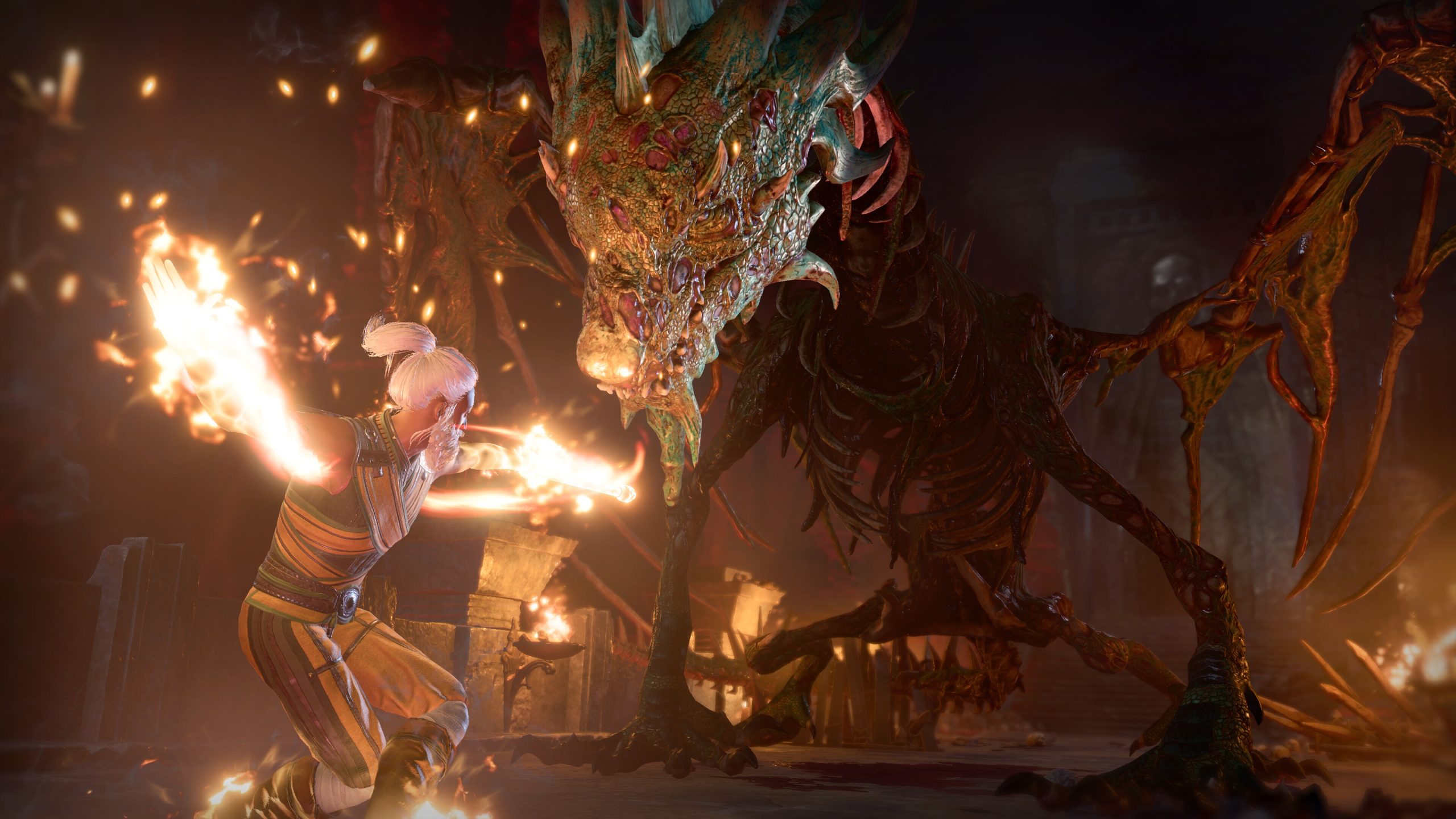
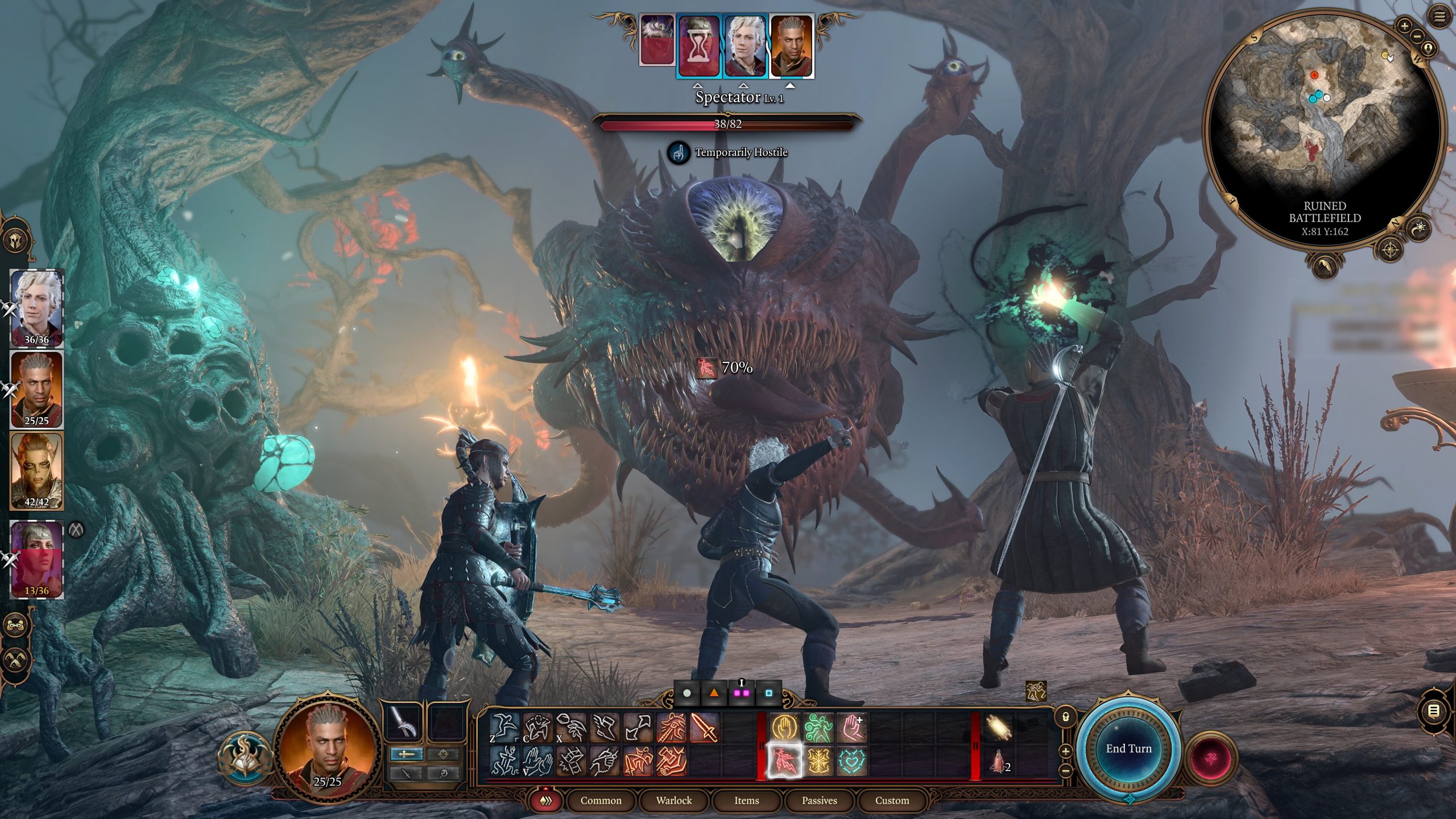
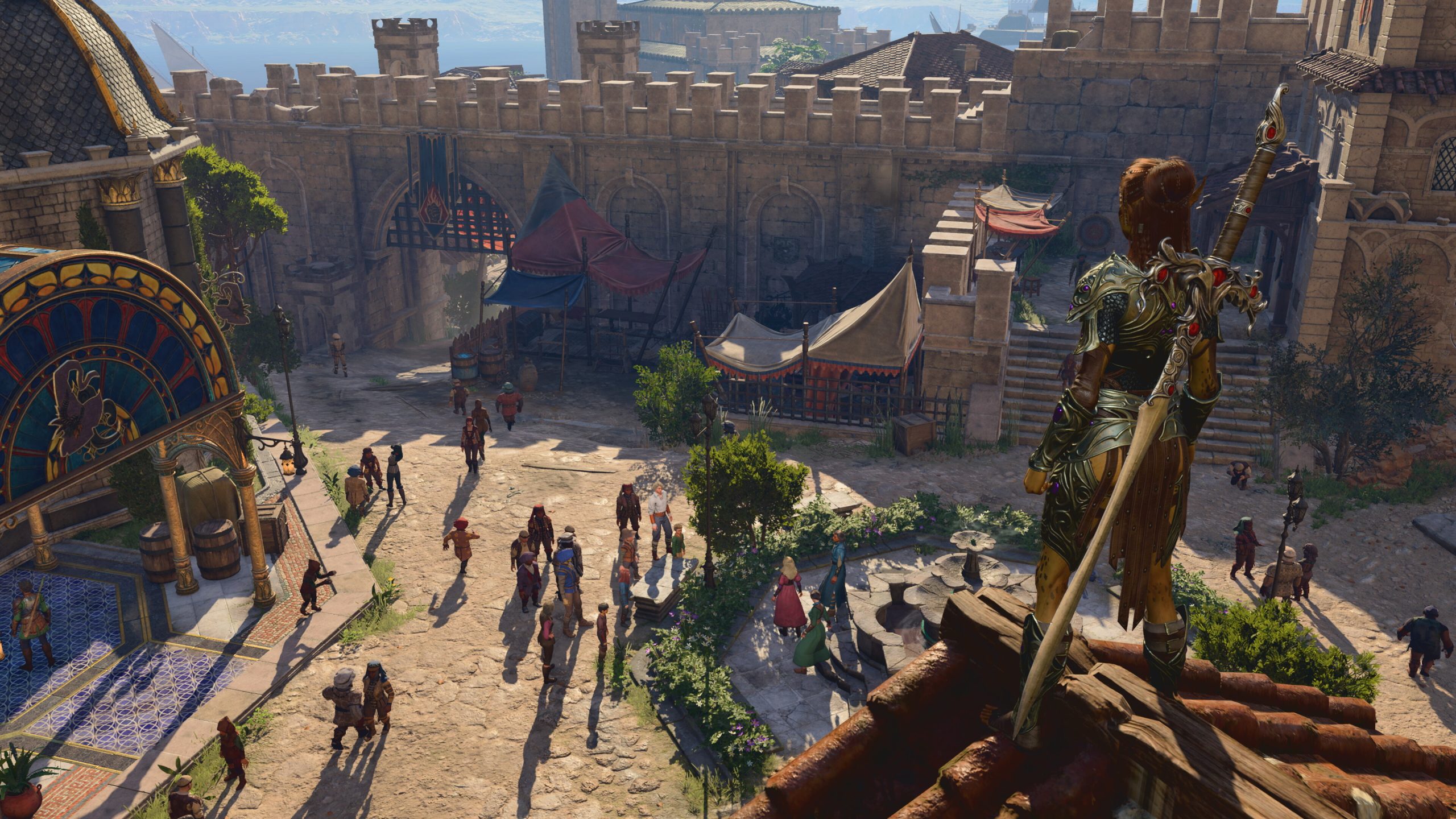
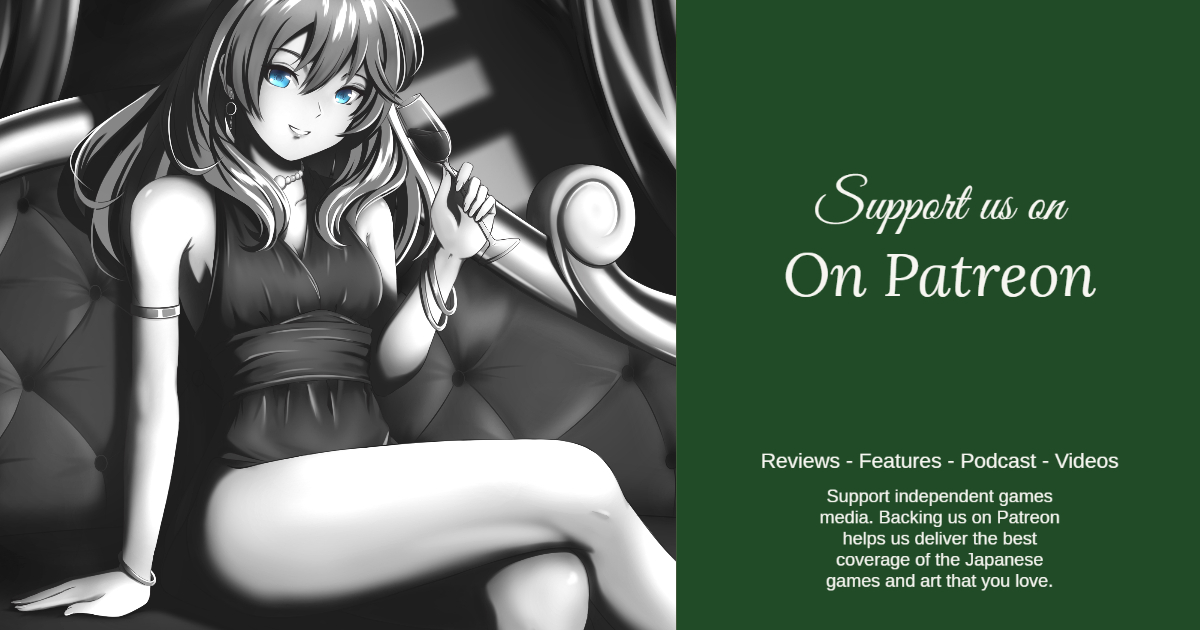

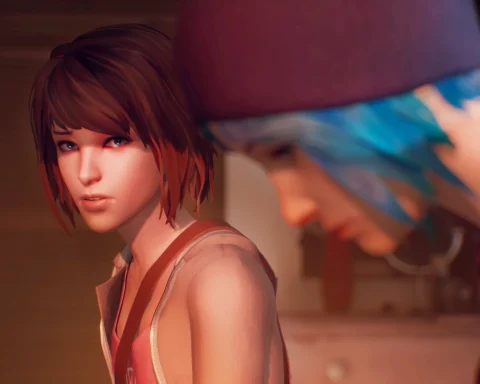

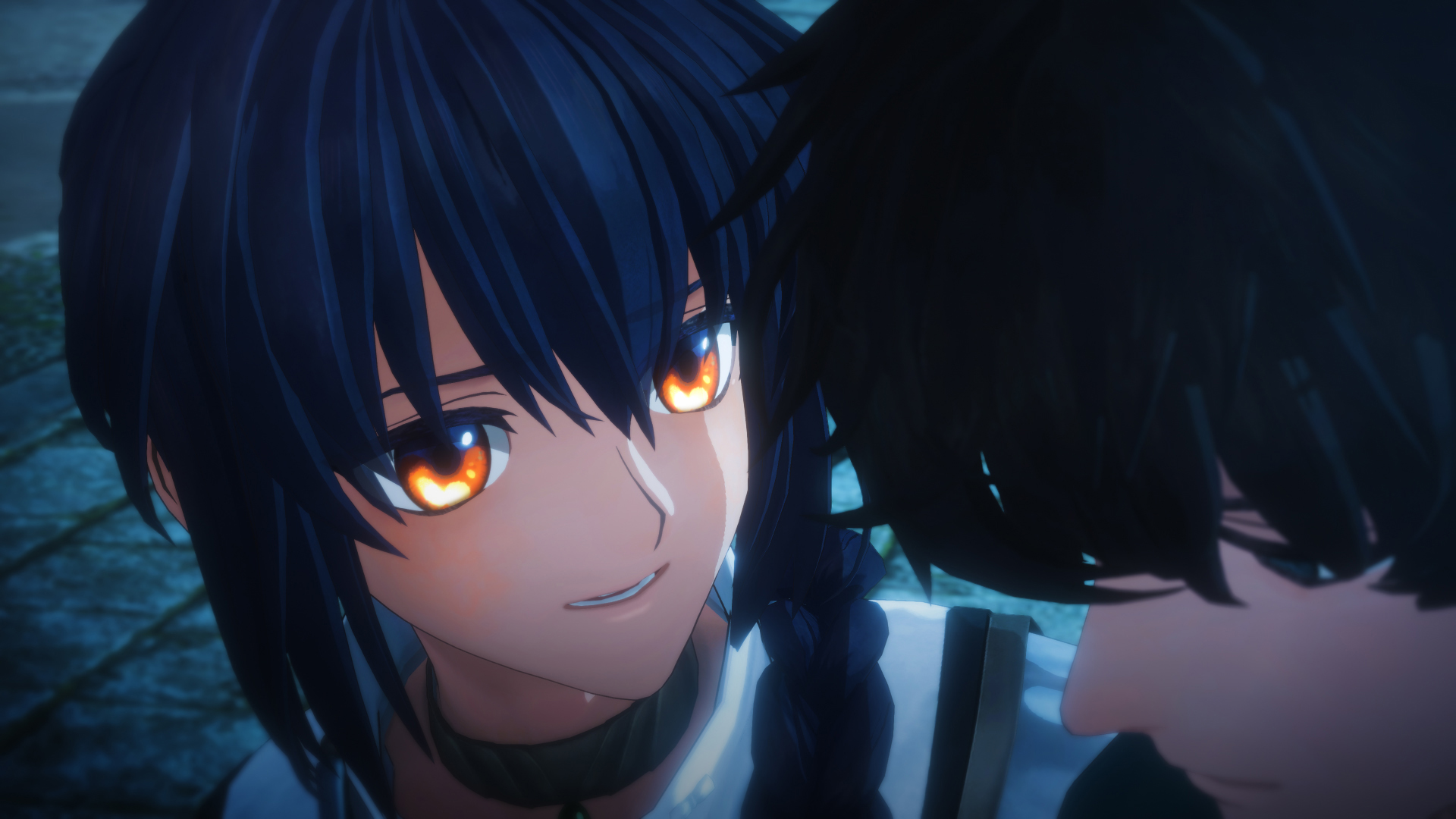

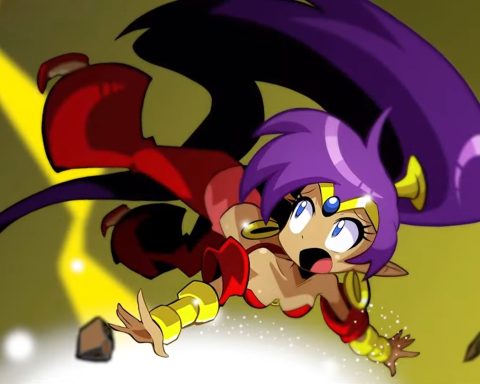

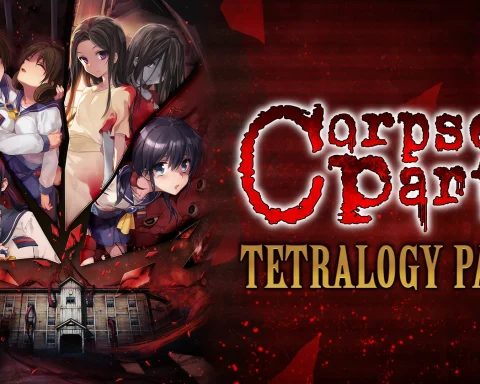


I agree with many of your points, and I wonder if you and I are in a similar place vis-a-vis having a somewhat pessimistic outlook on the future of this multi-billion dollar videogame industry, whose paths-for-growth will be directed by corporate interests rather than by creative game-makers? You sound like you’re making a point I often think about when you say:
“none of the big AAA developers or publishers are willing to take the risk. Not when it’s easier to use marketing spend to shape the market than deliver creativity that sells itself.”
I just look at the music industry and the film/TV industry, which have to a great extent had 95% of their creativity homogenized out of them by corporate suits who pay for everything, and who would rather sell us easily-packagable, easy-to-handle “talent” and “content” … rather than pay hard-to-handle creatives (who want more control of their own projects) and wait for lightning-in-a-bottle, unusual creative projects to succeed, which can’t be forecast in a boardroom. Once greedy & controlling corporations take charge of an artistic sector, it becomes a shadow of its former self within a couple of decades. Videogames merely lag behind music and film/TV by 20 years or so, since videogames only morphed from a small-population/nerdy sector into a multi-billion dollar industry in the late 90s (by which time, the long-profitable music and film/TV industries were already a shadow of what they were in the 70s and early 80s).
Games like Baldur’s Gate 3 will be the outliers even more and more as the years go by, I fear. The corporations hold the purse-strings, and even though BG3 is great, will please a lot of gamers, and will make a lot of money — corporations don’t want messy games like this. They want the videogame equivalent of Justin Bieber, not Led Zeppelin.
My big hope is that people get collectively sick of the nonsense and start looking for better experiences, across all media and art forms. It’s unlikely, and a big part of the reason that *content* is so successful these days is that people are too overworked, tired and stressed to care about art, but a collective decision to just give up on corporation output is about the only thing that’ll save us, I feel.
There’s several structural, compounding, issues that will make another bg3 harder to exist. I just saw a polygon video about TotK physics, one game developer brought attention to the industry’s brain drain problem: people don’t get hired full time so they don’t become senior developers.
Brian Keogh’s “the videogame industry doesn’t exist” talks about how the global financial crisis destroyed a whole generation of Australian game development (and about the indies that came after)
Even the increasingly financialization of the whole economy works against big game projects. It takes so much money out of the productive economy the industry created a middleman – publishers – to bear its burden
Maybe we will see another generation where Japanese games will surpass American games in the mainstream perception.
And the lesson is: it’s okay to do full frontal nudity (including with very child-like characters like halflings or gnomes), sex scenes and even beastiality as long as the developer isn’t Japanese.
I heard that you can choose pubic hair but there’s no slider for breast size, is that right?
Yes, that’s correct. There’s a tiny few options for the genitals region (for both male and female) but can’t go adjusting the sizes. I’m going to assume that’s to limit clipping through costumes or whatever.